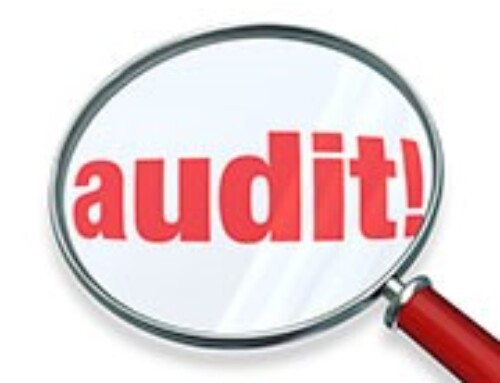Business succession and exit planning should ideally be done over a long period of time (unless illness or another emergency makes it necessary to address them in the short term).
Your business should be readied for sale on a continuing basis. But as you get closer to the time you want to sell; you should make changes to enhance the value. It’s similar to putting a house on the market. Before you put up the “for sale” sign, you fix deficiencies and highlight coveted features. Do the same before selling your business.
Cash Flow and Revenue Drive Value
Most privately owned businesses derive value from their cash flow, so the focus of adding value should begin with finding ways to increase it. Of course, revenue is the ultimate driver — without revenue, there’s no cash flow.
What’s the difference? Revenue is the money your business receives from selling its products or services. Cash flow is the money you have on hand to operate the business. It includes revenue and other sources such as investments and tax savings.
To help assess and boost revenue, here are some questions to ask:
- What has the historical trend of our revenues been?
- What is the outlook for our industry?
- What can we do to increase our revenue stream going forward?
- Do we need to eliminate some products or services?
- Do we need to add products or start new lines of business?
- Do we need to expand the territory in which our business sells products or services?
- Do we need to add locations?
- Do we need to look at our sales process and revamp or reorganize it to produce higher sales?
Many business owners don’t bother examining the revenue-generating process when they look to add value to their companies. They focus on cutting expenses. However, the best way to add value is generally to increase revenue. You can try and squeeze expenses to generate additional cash flow, and that’s a process you should definitely undertake, but there’s a limit to what can be gained by cutting costs.
Remember that a business buyer is purchasing future cash flow and future revenues. While the past has historical value, it’s only valid if it’s representative of the future.
Enhance Value Further with Expense Control
Although bumping up profits is key, cutting costs is also part of the equation for increasing your business’s value. To manage the expenses of your business in an effort to enhance cash flow, thoroughly review each expense area. Start with the major costs. In many businesses, that involves the cost of labor. Examine each department and position. It’s not necessarily the amount being paid to each individual employee, but rather the number of employees relative to the true needs of each department.
Adjusting departmental and labor costs can be a painful exercise, but it’s necessary to ensure that the business is operating at maximum efficiency. No person or position should be exempt from this process. It might be difficult to terminate some positions prior to the sale. However, when you present estimated future cash flow information to potential buyers, you can identify these positions as not necessary and adjust for eliminating them.
The process doesn’t end with the cost of labor. More areas to consider include:
- Technology. In today’s world, this might be the most important function. Buyers generally won’t want to purchase a company that uses outdated technology for operations, manufacturing, financial systems, HR information and so on.
- Property and equipment. If these aren’t modern or in good condition, steps should be taken to remedy the situation. A buyer wants to see operable and state-of-the-art equipment.
- Operations. Does the business have up-to-date operations? What about operations manuals? Make sure processes are efficient and revise or institute manuals, if necessary.
- Financial systems. The company should have financial data that is current and serves the needs of managers operating the business.
- Internal controls. These are vital to the operations and security of the business. They should be evaluated and, if necessary, steps should be taken to bring them up to standards.
- Other systems and assets. Examine intellectual property, real estate, insurance, employee relations, environmental matters, material agreements with outside parties and other components. Are they complete and up-to-date?
- Regulatory matters. Ensure that your business is in compliance with all federal, state and local laws and regulations.
Maximize the Value
Matters that affect cash flow directly and indirectly are critical to enhance the value and the attractiveness of your business. The objective when selling your business is to maximize the value. Thoughtful planning can accomplish that goal.






